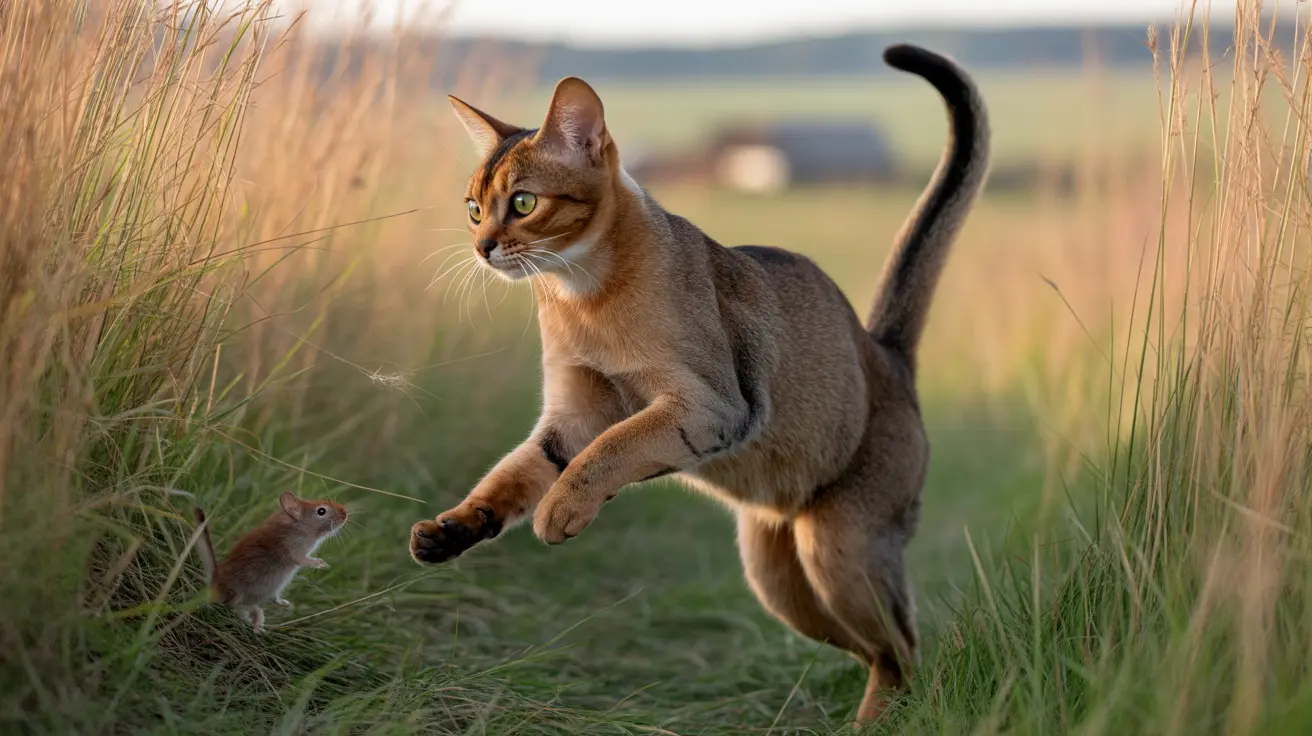Natural Prey and Hunting Behavior
Stray cats are skilled hunters and obligate carnivores, meaning their bodies are designed to process and utilize animal protein. In rural and suburban areas, their primary prey includes:
- Small rodents (mice, rats, voles)
- Birds (particularly ground-feeding species)
- Reptiles and amphibians
- Insects and invertebrates
Research has shown that a single feral cat can catch and consume up to 10 small prey animals per day, with rodents making up the largest portion of their natural diet.
Urban Survival Strategies
In urban environments, stray cats adapt their feeding habits dramatically. Their diet often includes:
- Discarded food from restaurants and households
- Food deliberately left by community caretakers
- Garbage and food waste
- Small urban prey (pigeons, mice, rats)
Studies indicate that urban strays rely significantly more on human-sourced food than their rural counterparts, with some colonies surviving almost entirely on intentionally provided meals.
Seasonal Diet Variations
Stray cats' diets fluctuate considerably with the seasons:
Spring and Summer
- Abundant small mammals and birds
- Increased insect availability
- Access to young prey animals
Fall and Winter
- Reduced prey availability
- Greater reliance on human-sourced food
- More scavenging behavior
Water Sources and Hydration
Stray cats obtain moisture through:
- Natural water sources (puddles, streams, rain)
- Moisture content in prey
- Artificial water sources (leaking pipes, drainage)
- Water provided by caretakers
Frequently Asked Questions
What do stray cats naturally eat in urban and rural environments?
In rural environments, stray cats primarily eat small mammals, birds, reptiles, and insects. Urban stray cats rely more heavily on human-provided food, garbage, and a smaller proportion of urban wildlife like pigeons and mice.
Can I safely feed stray cats human food like cooked chicken or canned tuna?
While plain cooked chicken and occasional tuna are safe, it's better to provide commercial cat food for balanced nutrition. Human food should only be offered occasionally and without seasonings or additives.
Why do stray cats sometimes eat plants or grass when they are carnivores?
Cats may eat grass and plants for digestive benefits, such as helping with hairball elimination or as a natural source of fiber. This behavior is normal and typically not a sign of nutritional deficiency.
How does the diet of stray cats change between seasons and habitats?
Stray cats eat more fresh prey during warm months when wildlife is abundant. During winter, they rely more heavily on scavenging and human-provided food. Urban cats generally have less varied diets than rural cats throughout the year.
What are the best practices for feeding stray cats to keep them healthy?
Best practices include providing quality cat food at regular times, ensuring fresh water is available, removing uneaten food to prevent attracting wildlife, and coordinating with local TNR (Trap-Neuter-Return) programs for population management.
Final Thoughts
While stray cats are remarkably adaptable in their feeding habits, their survival often depends on a combination of hunting skills and human intervention. Understanding their dietary needs and patterns helps us better support these resilient animals while managing their impact on local ecosystems.






